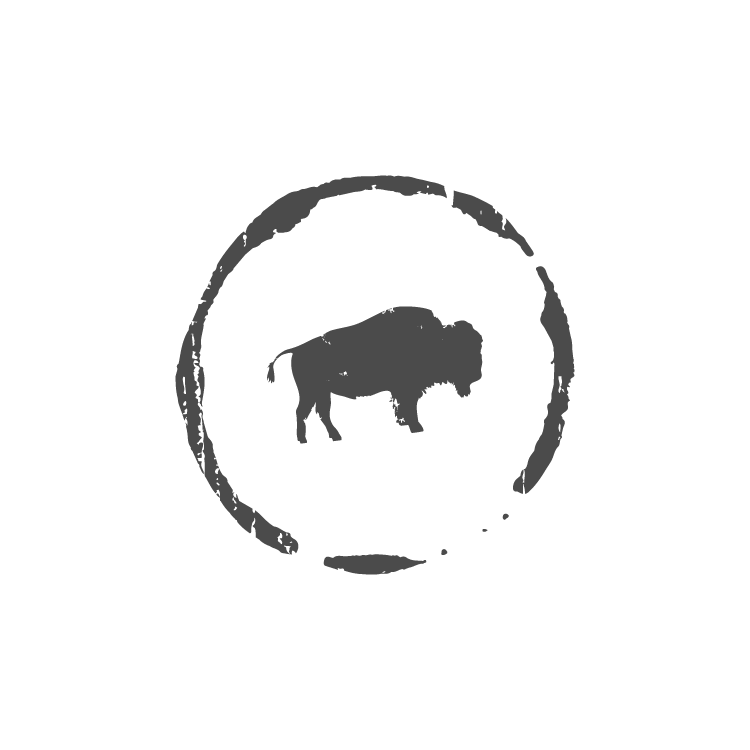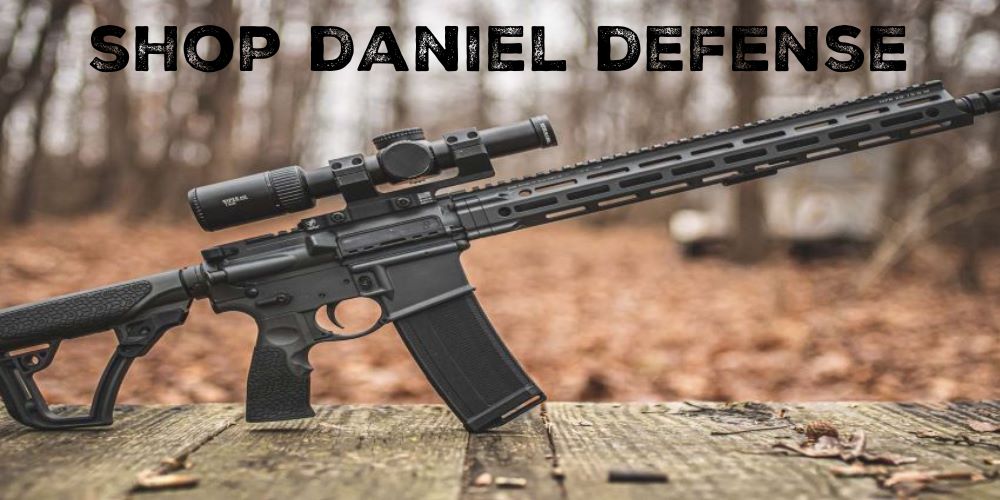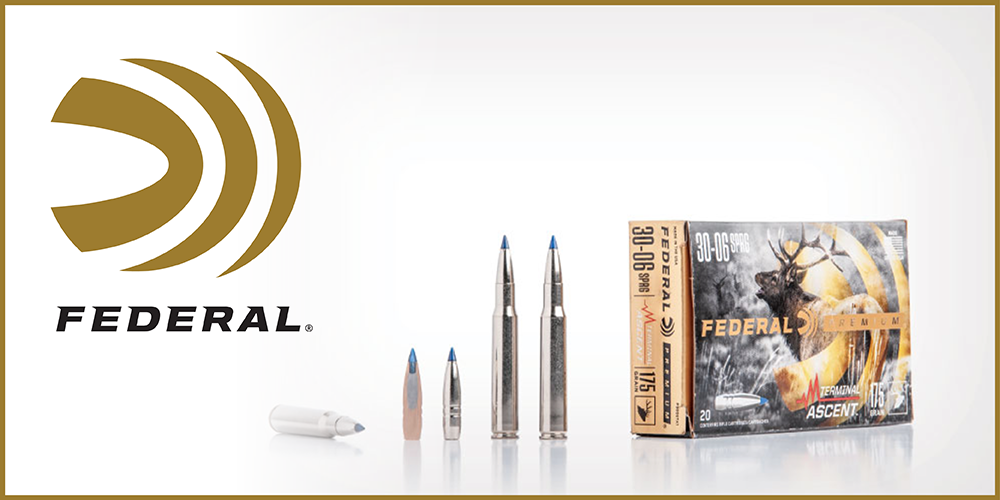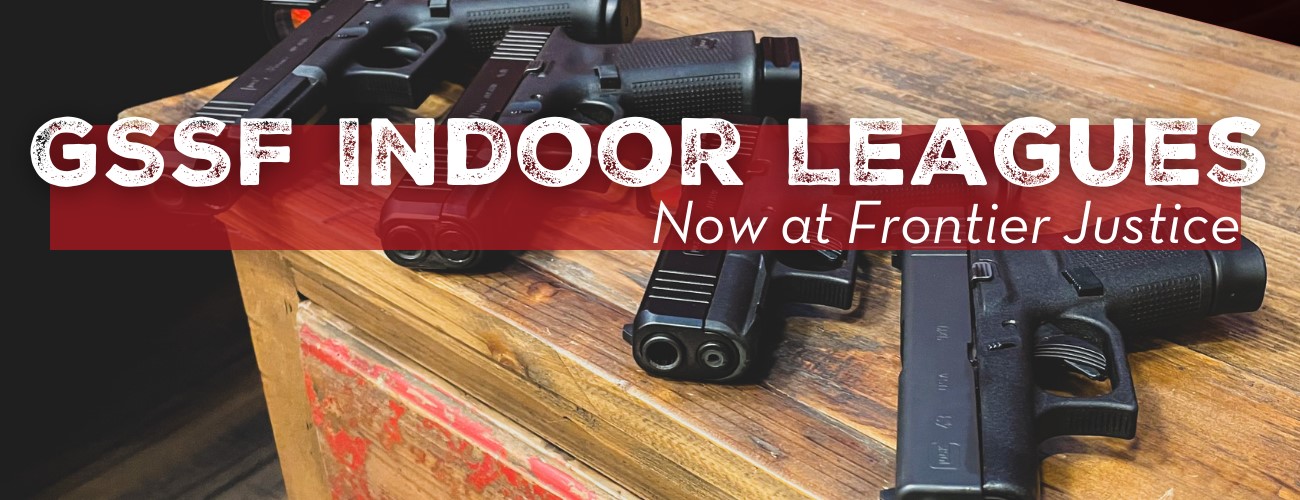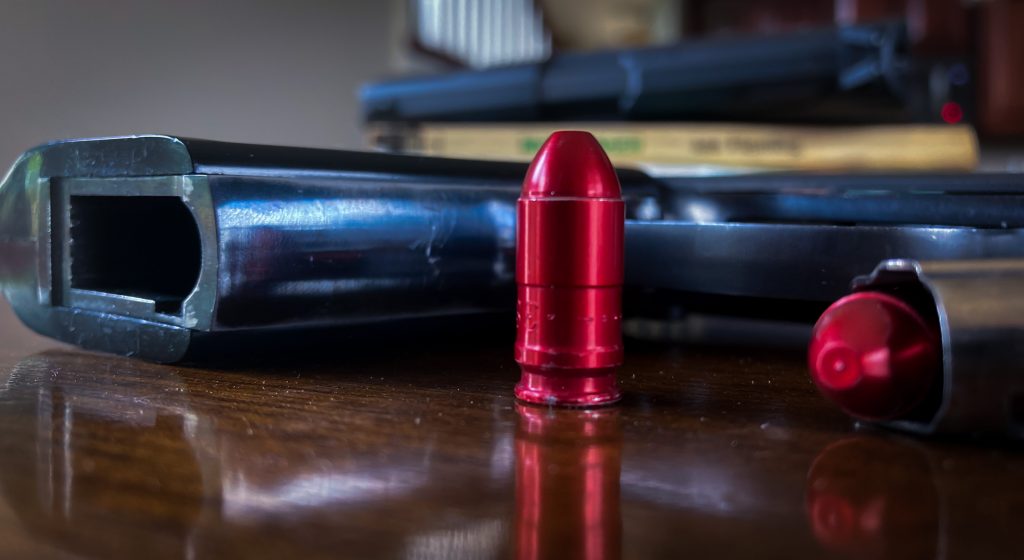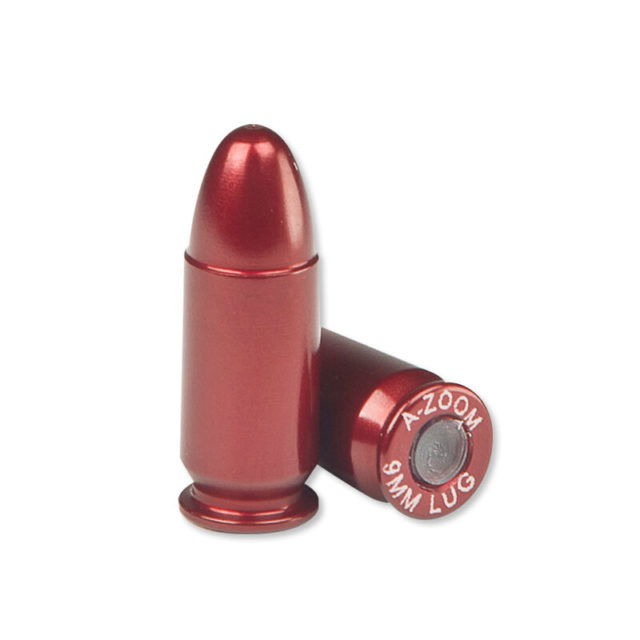FJ’s Guide to Dry Fire Training – 2022 Edition
Dry fire training has had a massive resurgence in popularity over the last few years due to the ammunition shortages of 2020 and 2021, but even with the normalization of ammunition supply coming back, this tool should not be forgotten. To help hone your skills outside of the range, and to further improve as a shooter, we can’t recommend dry fire training enough. In this guide, we’ll explain how to safely dry fire your firearm, how it can benefit you, and more!
What is “Dry Fire Training”
Dry fire by definition is simply utilizing your firearm without live ammunition to train. Simply put, “live fire” is the practice of visiting the range and shooting “live” rounds. Dry fire is the use of a firearm, safely, inside your home to train. Dry fire, when done right and safely, dry fire can help you build fundamental skills you often cannot practice at the range. From practicing drawing your firearm drills to your trigger pull and sight movement, dry firing will effectively tell you where you need to continue working to improve yourself.
Getting Started with Dry Fire
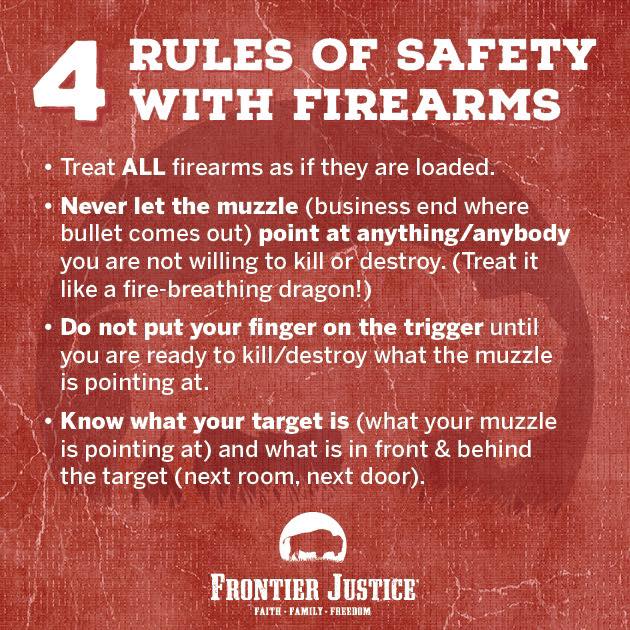
Before getting started with dry fire training, ensure that your firearm is clear, and there is no ammunition nearby. The absolute last thing you want to do is create a negligent discharge, which can result in injuring or even killing a loved one or neighbor. This is especially relevant as many use dry fire training as a tool to practice reloading as well. In the heat of the moment, while you are focusing on the drill or speed, it could be incredibly easy to grab the wrong magazine. So, as always, follow the four fundamental rules of firearm safety, and keep your ammunition completely out of reach. We recommend unloading your live magazines in a separate room, just to be sure.
When you start your dry fire, have a goal or purpose in mind. Like training at the range, you can only get so far by just slapping the trigger. Start each session with a skill in mind. Don’t start at full throttle either. That might feel like the right thing to do, especially after seeing people crush dry fire drills at blistering speeds online, but if you don’t start slow, you’ll have a much harder time getting there. For example, if you are working on your draw, focus on each step individually rather than focusing on speed out of the gate. Exposing the firearm, drawing it, the secondary hand coming in, safeties being disengaged, and pressing out to the sight picture are just some of the easy steps you can focus on with dry fire. When in a high-stress situation, you will revert to your lowest level of training. With dry fire, your lowest level of training can be far higher. We recommend working on this slowly, building up to speed and prowess so you can see any and all errors as you complete the tasks. Making the minute and necessary adjustments in a safe environment is a great way to train.
Dry Fire Training Tools – Snap Caps
To ensure the protection of your firearm’s mainsprings and such, it is a good idea to consider buying “Snap Caps.” Snap Caps are a type of dry fire training ammo that allow you to continuously practice with dry firing, without harming the internals of your firearm. These bright red dummy rounds make it clear as to the fact that they are not live, to prevent any accidents from occurring. For new shooters, these rounds can be used to learn even the most basic of firearms handling, such as chambering a round out of the magazine. Dry fire doesn’t have to include actual trigger pulls, it also includes learning such as this, that you may not be afforded now due to the current climate. Regardless of experience level, these can be a great tool. At Frontier Justice, we carry Snap Caps from a couple of different manufacturers in a variety of calibers. From the most popular handgun cartridges to rifle and shotgun loads, you can pick up whatever you need for your dry fire training at Frontier Justice.
Improving with Dry Fire
One of the best ways to build your skill is to watch yourself while you train. Whether that means you are filming yourself with your cell phone and watching it after, or even just practicing in front of a mirror, make sure you can see how you are doing. Like working out or anything else, tracking your progress will help keep you motivated and will help you stay on task. Additionally, you are your own harshest critic. If you are throwing your elbows out weird or seem to have an awkward or unnatural stance, you will adjust and improve if you see yourself in action. Improvement comes from honesty, so, be humble, watch yourself train and your fundamentals and skills will improve. Unlike live fire, you won’t have a target to inspect after dry firing. Your progress can only be tracked through filming yourself. At the end of the day, this is meant to be fun, just as live fire is. If you track your progress effectively and witness your improvements, you will become a better shooter!
There are ample ways to continue along your educational journey as a gun owner, and blending them all into your training regiment will help you continue to improve each day. Take a class, join our membership club, shoot often, and dry fire train at home. Be safe, follow the four fundamental rules of firearm safety, and continue to grow as a shooter. Shop in store or online and pick up some snap caps, and get started soon!
